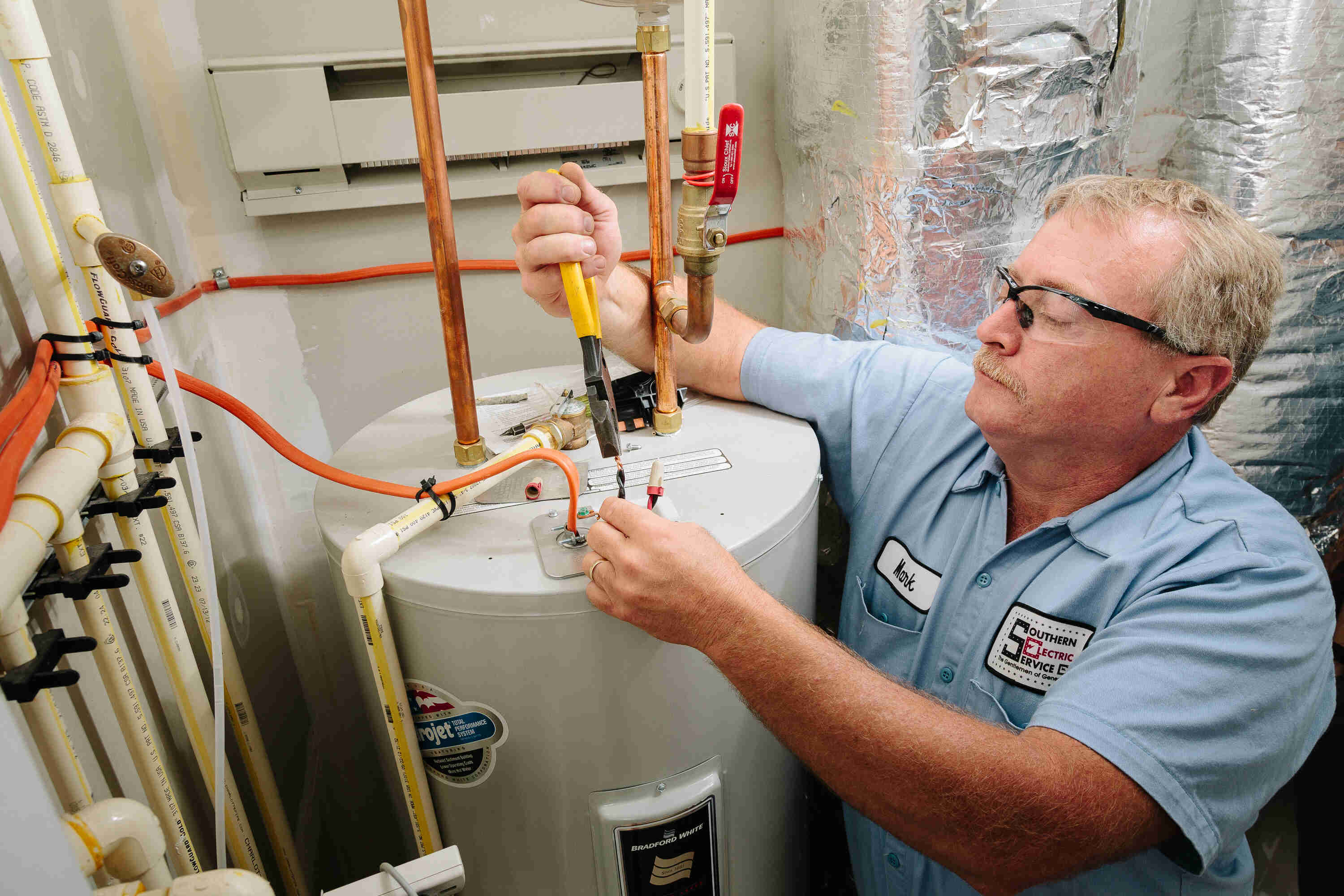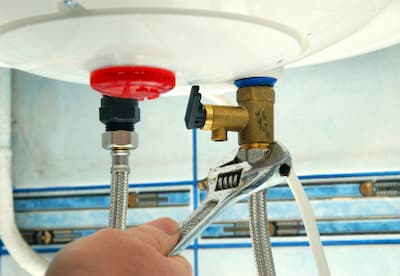What're your thoughts on Tips For Maintaining Your Hot Water Heater?

Warm water is crucial for everyday convenience, whether it's for a rejuvenating shower or washing dishes. To ensure your hot water system runs effectively and lasts longer, regular maintenance is vital. This article gives practical tips and understandings on exactly how to keep your home's warm water system to avoid disruptions and pricey repair services.
Introduction
Keeping your home's warm water system may seem overwhelming, however with a couple of basic actions, you can ensure it runs efficiently for several years to come. This overview covers whatever from recognizing your hot water system to DIY maintenance pointers and understanding when to hire professional assistance.
Significance of Keeping Your Hot Water System
Regular upkeep not only extends the life-span of your hot water system yet also guarantees it runs effectively. Overlooking upkeep can bring about reduced performance, higher power costs, and even early failing of the system.
Signs Your Warm Water System Demands Maintenance
Recognizing when your hot water system requires focus can stop major problems. Look out for indications such as inconsistent water temperature level, strange sounds from the heating unit, or corroded water.
Understanding Your Hot Water System
Before diving right into upkeep tasks, it's handy to understand the fundamental elements of your warm water system. Typically, this includes the water heater itself, pipelines, anode rods, and temperature controls.
Regular Monthly Upkeep Tasks
Routine month-to-month checks can aid catch minor problems prior to they rise.
Purging the Hot Water Heater
Purging your water heater removes sediment accumulation, boosting performance and lengthening its life.
Checking and Replacing Anode Rods
Anode rods prevent deterioration inside the container. Evaluating and changing them when worn out is essential.
Checking and Changing Temperature Level Setups
Adjusting the temperature level settings makes certain ideal performance and safety.
Do It Yourself Tips for Upkeep
You can do numerous upkeep tasks yourself to keep your warm water system in leading condition.
Checking for Leaks
Frequently examine pipes and connections for leaks, as these can cause water damages and higher bills.
Testing Stress Relief Valves
Evaluating the pressure relief valve guarantees it operates properly and stops excessive pressure buildup.
Insulating Pipes
Shielding warm water pipes decreases warm loss and can conserve energy.
When to Call an Expert
While DIY maintenance is useful, some problems need expert experience.
Facility Problems Requiring Specialist Aid
Examples include major leakages, electrical troubles, or if your hot water heater is regularly underperforming.
Routine Specialist Maintenance Advantages
Specialist upkeep can include detailed assessments, tune-ups, and guaranteeing conformity with security requirements.
Verdict
Routine maintenance of your home's hot water system is necessary for effectiveness, longevity, and price savings. By adhering to these ideas and understanding when to look for expert assistance, you can guarantee a trustworthy supply of hot water without unanticipated interruptions.
How to Maintain an Instant Hot Water Heater
Before tinkering with your hot water heater, make sure that it’s not powered on. You also have to turn off the main circuit breaker and shut off the main gas line to prevent accidents. Also turn off the water valves connected to your unit to prevent water from flowing into and out of the appliance. 2. When you’re done, you have to detach the purge valves’ caps. These look like the letter “T†and are situated on either side of the water valves. Doing so will release any pressure that has accumulated inside the valves while at the same time avoid hot water from shooting out and burning your skin. 3. When the purge valves’ caps are removed, you have to connect your hosing lines to the valves. Your unit should have come with three hoses but if it didn’t, you can purchase these things from any hardware or home repair shops. You can also get them from retail stores that sell water heating systems. Read the user’s manual and follow it to complete this task properly. When the hosing lines are connected, open the purge port’s valves. 4. You should never use harsh chemical cleaners or solutions when cleaning your unit. Make use of white vinegar instead. It should be undiluted and you’ll probably use about 2 gallons. 5. Now flush your water heater. This task should probably take about 40 minutes. We can’t give you specific directions for this because the procedure is carried out depending on the type, model and brand of your heater. With that being said, refer to the user’s manual. 6. When you’re done draining the unit, you have to turn off the purge port valves again. Remove the hosing lines that you earlier installed on each of the water valves. Put the valve caps (purge port) back in their respective places and be very careful so as not to damage the rubber discs that are found inside these caps. 7. Now that everything’s back in place, check your user’s manual again to find out how to reactivate your water heating system. 8. Once it is working, turn one of your hot water faucets on just to let air pass through the heater’s water supply pipes. Leave the tap on until water flows smoothly out of it. https://www.orrplumbing.com/blog/2014/september/how-to-maintain-an-instant-hot-water-heater/

I hope you liked our article on Tips on Maintaining a Water Heater. Thanks a lot for taking the time to read through our content. Are you aware of somebody who is in to How to Maintain a Hot Water Heater in a Few Simple Steps? Do not hesitate to promote it. We recognize the value of your readership.
Go Deal